Frederica Freyberg:
A first look tonight at Janesville and what happened to the city and its people following the devastating closure of the General Motors plant there in 2008. The last Chevy Tahoe came off the line just before Christmas that year, knocking 9,000 people at GM and other businesses out of work. Our next guest called it an economic earthquake in her new book “Janesville: An American Story”. Pulitzer Prize winning Washington Post journalist Amy Goldstein tells the then and now story. A story we all followed but not like this. She joins us now. Thank you for being here.
Amy Goldstein:
Glad to be with you.
Frederica Freyberg:
The reason I say not like this is because this was amazingly thorough reporting, putting it kind of all together. Why did you want to go to Janesville?
Amy Goldstein:
I had this idea that you think back several years ago after the great recession and the economy still wasn’t very good that people across the country knew the unemployment numbers and there was all this discussion about the government’s policies and whether they were or were not helping the country recover from this bad economic time. But I thought people might not really understand what it feels like to people and to a community to have the best of its work go away and that’s the story that I wanted to tell. I chose Janesville because so many jobs went away. I was also drawn to it because unlike a lot of places in the Midwest that had industry, Janesville had never been part of the Rust Belt. I was interested in telling the story of what had happened out of this bad economic time, not kind of an accumulation of economic decay over the decades.
Frederica Freyberg:
How would you describe current day Janesville eight years later since GM closed. Has it recovered from the earthquake?
Amy Goldstein:
I think it depends how you measure recovered. If you look at unemployment numbers, unemployment had shot up to over 13% in early 2009, a few months after all these jobs vanished. Now it is under 5%. If you think of it in those terms, things are much better. If you look at the jobs that people have and what they’re paying, it’s not what it was. At the time that the assembly plant closed in Janesville, General Motors was paying the UAW workers $28 an hour. It’s hard to find working class jobs in Janesville today that pay anything like that.
Frederica Freyberg:
Meanwhile the “Janesville Gazette” editorialized this week, describing the city’s current economic prospects as brighter than expected after the GM plant closed and they credit today’s anti-union environment. Do you think it’s true that the economic prospects of Janesville exceeded expectations?
Amy Goldstein:
Certainly Janesville and Rock County are places that have been trying very hard to recover economically. There has been a county-wide coalition, Rock County 5.0 that has been working since shortly after the announcement that the plant was going the close to try to bring back jobs. There are some things to point to. Tangible things. There is a startup called Shine Medical that has been for several years now kind of working its way through a pretty complicated federal approval process to try to begin manufacturing a medical isotope in Janesville. Now, that company, assuming that the manufacturing can begin, is going to bring good jobs. It is going to bring about 150 jobs. If you think about the number of jobs, the thousands of jobs that went away and how many will come when this new company if it gets going actually starts, you can see it is not filling in much of the gap.
Frederica Freyberg:
You also describe in your book Janesville as kind of divided. The haves and the have less. Is this kind of the local expression of the American story as your title would suggest?
Amy Goldstein:
Well, my whole idea in doing this work was to write about a place that could serve as a microcosm. Not every community can stand in for every place in the United States. I didn’t think that was what Janesville was. But certainly over time, what had been a pretty cohesive community has become a little more polarized. That’s true in many parts of the country as people’s economic experiences have diverged with the number of good working class jobs shrinking a lot and there’s been political division that has heightened.
Frederica Freyberg:
To me in all of this the most striking findings that you describe have to do what usually seems to be the first response to layoffs or joblessness and that is worker retraining. I just want to cite some of the things you found. You report that job training was not a path to more work or better pay in and around Janesville. That laid off workers who went to school were less likely to have a job after they retrained than those who had not gone to school and that most of those who retrained were not earning any money at all. How surprising was it to find these things out?
Amy Goldstein:
They certainly weren’t what I expected. You know, the whole question of what should people do when a job they expected to have their whole life suddenly disappears, and, you know, is there a road back to being in the middle class? These have been, as we say, very well-paying jobs. It was a very interesting question to me. I work with a couple of labor economists to take a look at a group of people who were unemployed in southern Wisconsin in and around Janesville who had and had not gone back to Blackhawk Technical College, the main place that people went to try to get job retraining. And we looked statistically at what happened to people who went back to school and people who didn’t. It is not that nobody retrained and benefited from it. But as is true at community and technical colleges all around the country, many people went back to school who didn’t finish their programs and even some of those who did found that at the end of this hard work, there wasn’t a job waiting for them or not a job in their field. So there was kind of a double whammy that people had lost a job they thought they had identified a path forward, and at least these data are from a few years ago now. At least several years after all this work went away retraining wasn’t proving to be the panacea that sometimes people think it.
Frederica Freyberg:
And meanwhile a lot of money was put toward that.
Amy Goldstein:
That's right. Federal policies really encouraged people to retrain. There was coming through the Rock County Job Center a lot of federal aid for what is called dislocated workers to help people go back to school. And if you think about it, you know, imagine yourself having been a factory worker in your 30s or 40s. You haven’t been a student for half your lifetime. You didn’t think you needed higher education to get a solid job with a solid income. You have lost your work. You don’t know what is going to come next. You haven’t necessarily been somebody who likes school very much and there is all this economic trauma and then you are expected to study on top of it. It is a hard thing. Let me just say that, you know, as I got to know the people at Blackhawk Tech I was very impressed with the work they were doing. They tried very hard to figure out what factory workers coming back to be students needed and to provide it. So I don’t think that these results were anything denoting that the college hadn’t been trying hard. It’s just that there weren’t always jobs for people to come out and get.
Frederica Freyberg:
With just about a half minute left, if Janesville can make a kind of recovery after the loss of GM, will the city ever forget that part of its history, do you suppose?
Amy Goldstein:
You know, I think that General Motors was so essential to the identity of Janesville for so many decades. This was an assembly plant that started turning out tractors in 1919 and the first Chevy came off that assembly line in 1923. That’s a hard thing to forget.
Frederica Freyberg:
All right. Amy Goldstein. Thanks very much.
Amy Goldstein:
Thank you.
Search Episodes
Related Stories from PBS Wisconsin's Blog

Donate to sign up. Activate and sign in to Passport. It's that easy to help PBS Wisconsin serve your community through media that educates, inspires, and entertains.
Make your membership gift today
Only for new users: Activate Passport using your code or email address
Already a member?
Look up my account
Need some help? Go to FAQ or visit PBS Passport Help
Need help accessing PBS Wisconsin anywhere?

Online Access | Platform & Device Access | Cable or Satellite Access | Over-The-Air Access
Visit Access Guide
Need help accessing PBS Wisconsin anywhere?

Visit Our
Live TV Access Guide
Online AccessPlatform & Device Access
Cable or Satellite Access
Over-The-Air Access
Visit Access Guide
 Passport
Passport

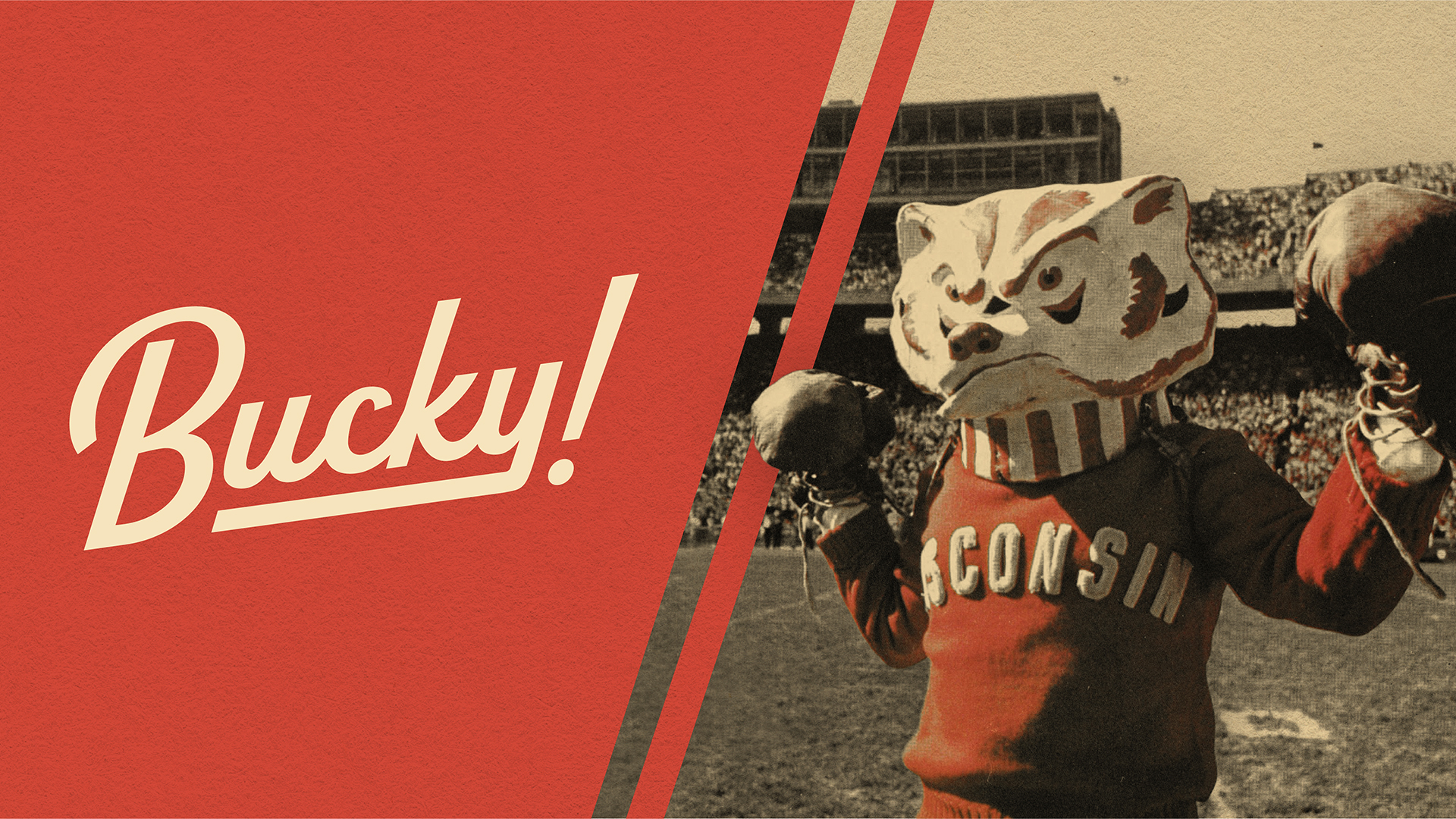
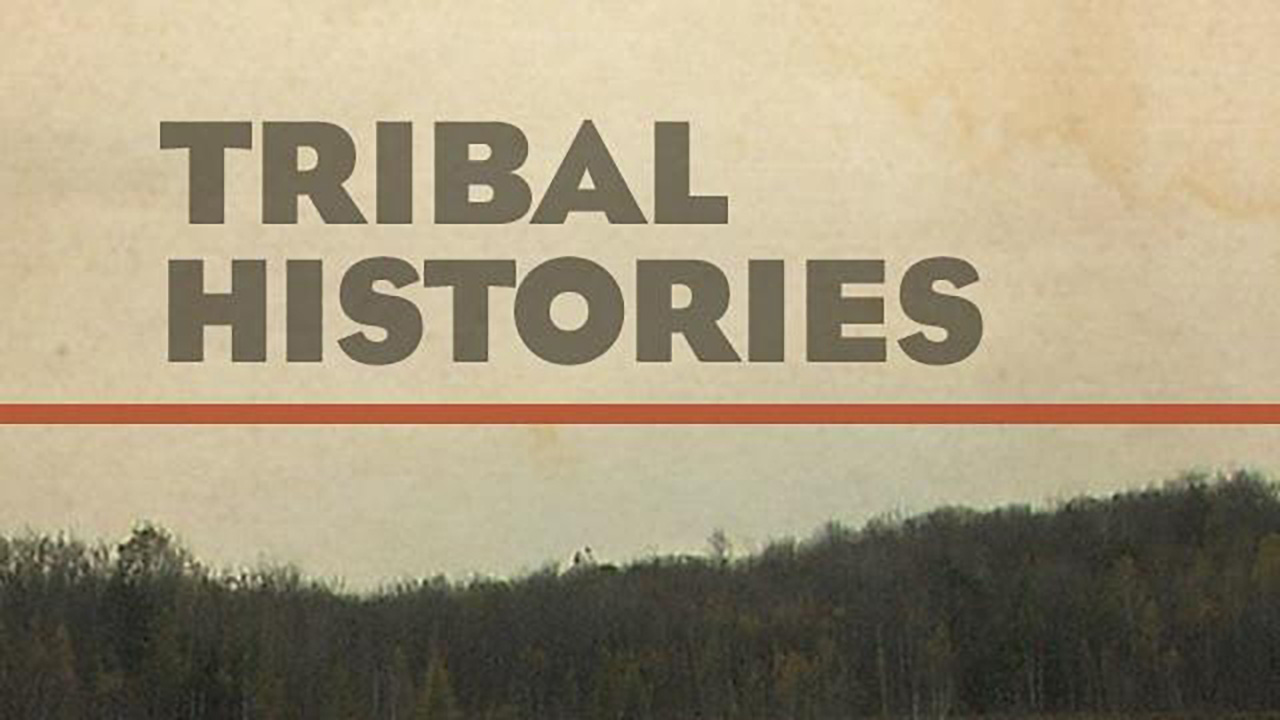


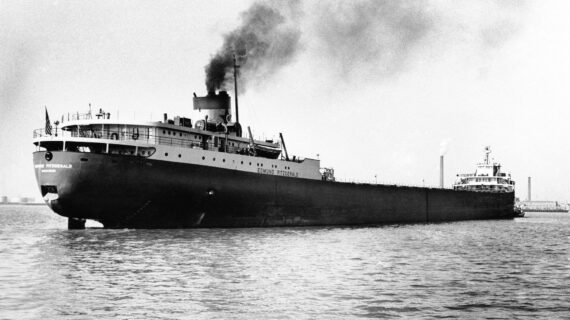


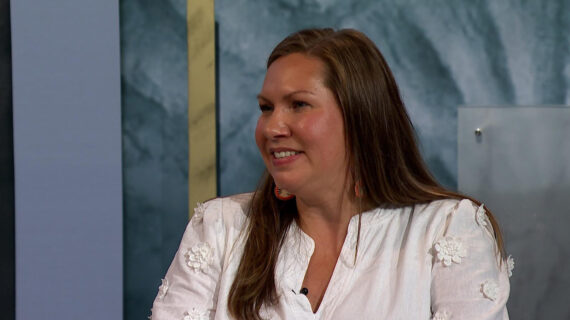
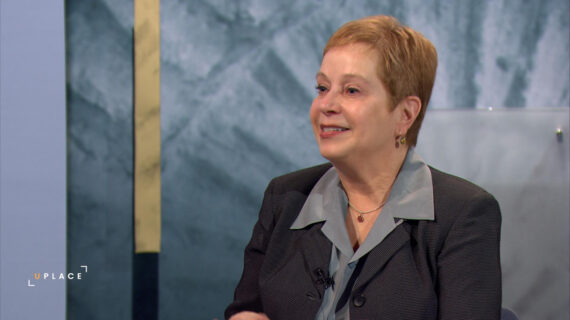

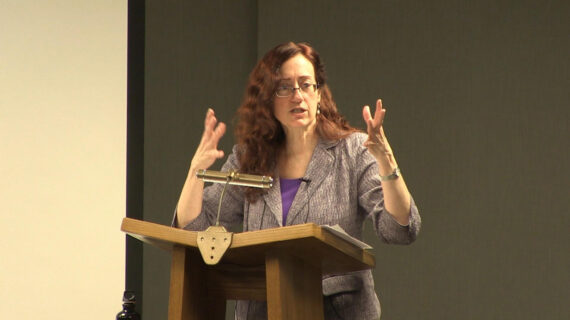
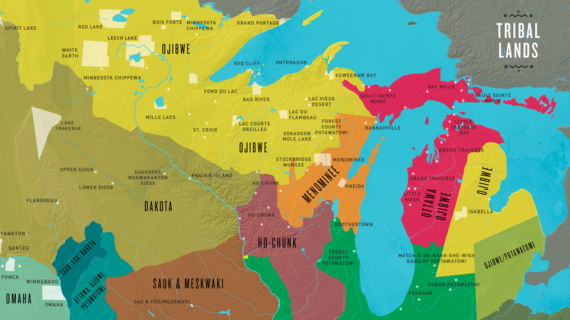
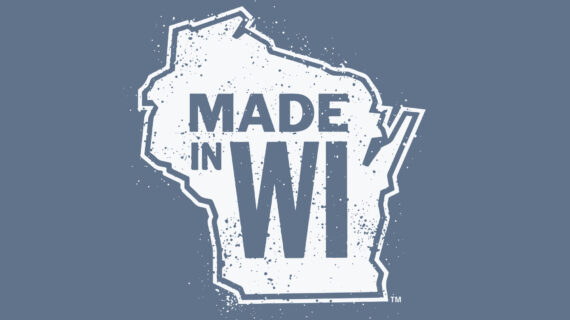

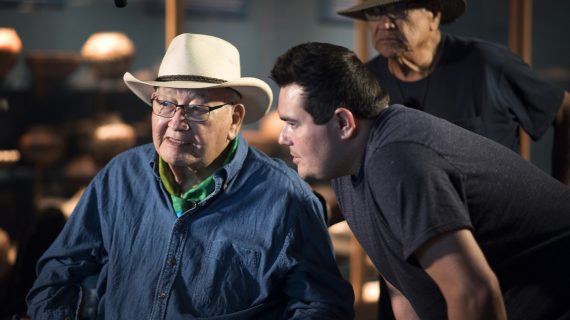


Follow Us